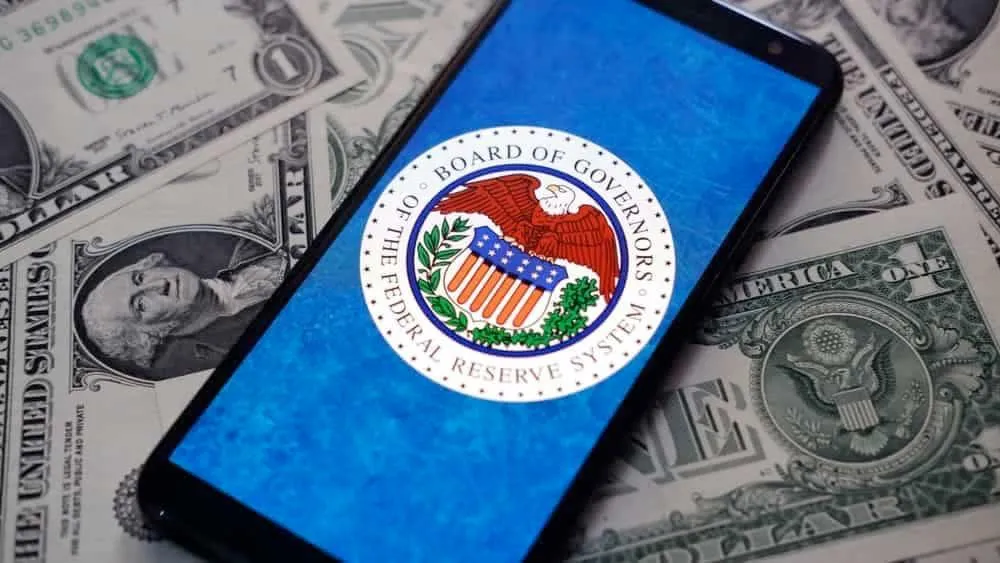Federal Reserve's Biggest Policy Error Ever: A Warning for Investors in a Potential Recession

Federal Reserve's Policies Under Fire
Federal Reserve's monetary policy decisions are becoming increasingly controversial, especially regarding potential interest rate cuts. Recent comments from economist Henrik Zeberg have raised alarms, claiming that the Fed's current approach constitutes its biggest policy error ever. He emphasizes that these decisions could precipitate significant economic challenges, including severe deflation and a deep recession.
Economic Indicators Paint a Troubling Picture
Zeberg draws alarming parallels between today's economic metrics and those before previous recessions. Key indicators like Gross Domestic Product (GDP) growth, Non-Farm Payrolls (NFP), and the unemployment rate suggest that the current economic climate is precarious. He argues that the Fed’s insistence on maintaining high interest rates, despite modest GDP growth, could lead to stagnation reminiscent of pre-recession periods.
- High Two-Year Treasury Yield: Historically linked to economic downturns.
- Slowdown in Job Creation: Recent NFP data reflects significant employment growth decline.
- Rapid Changes in Unemployment: Low unemployment rates may quickly shift if current policies persist.
Historical Comparisons to Past Recessions
Historically, periods leading up to the 2001 and 2007 recessions bore unsettling similarities to the current economic situation. Zeberg's analysis indicates that the Fed's approach could once again undermine economic stability and lead to a detrimental deflationary spiral. In light of these insights, investors must remain vigilant as the Federal Reserve navigates these turbulent waters.
This article was prepared using information from open sources in accordance with the principles of Ethical Policy. The editorial team is not responsible for absolute accuracy, as it relies on data from the sources referenced.